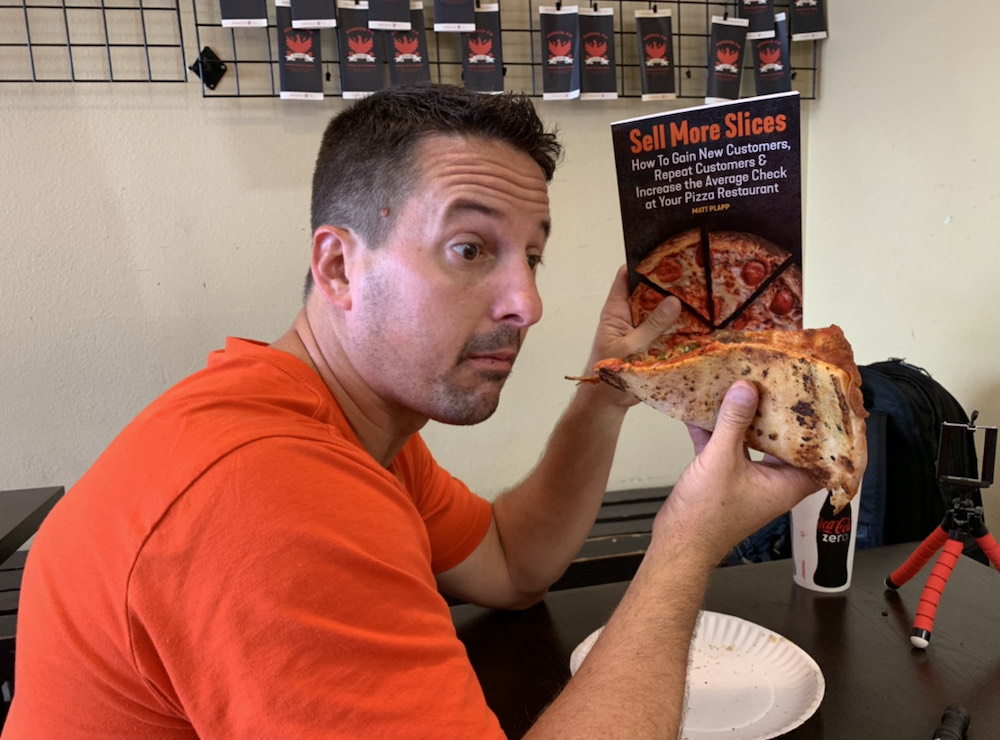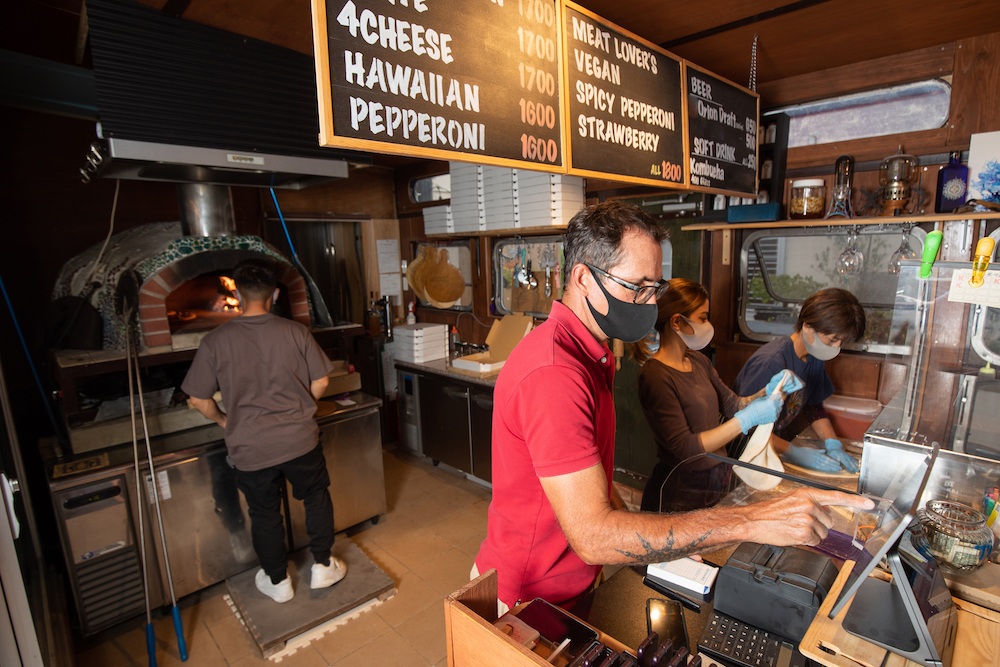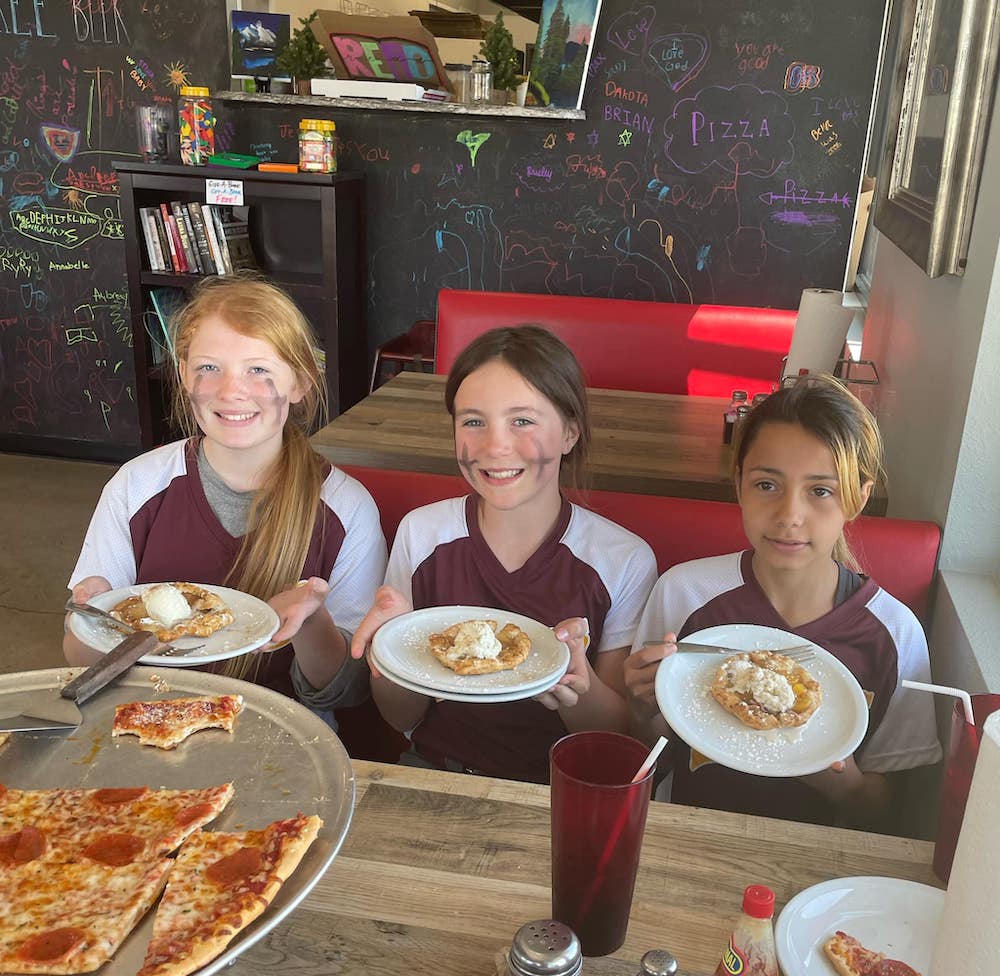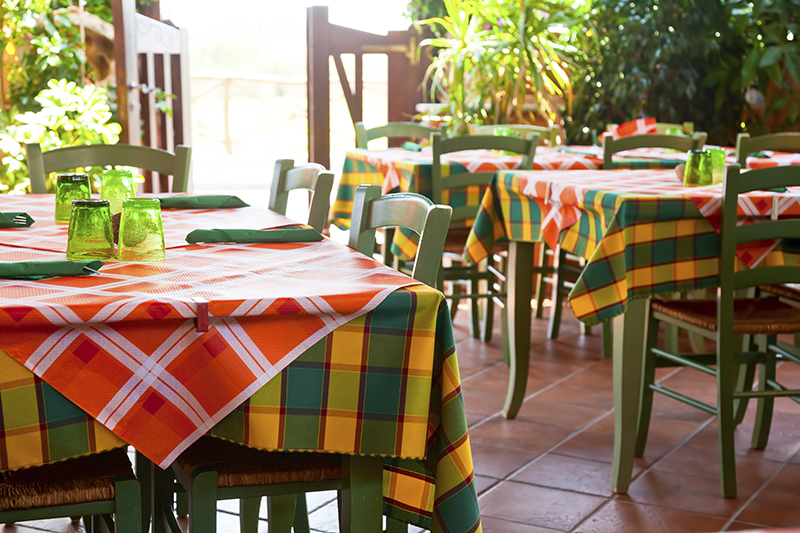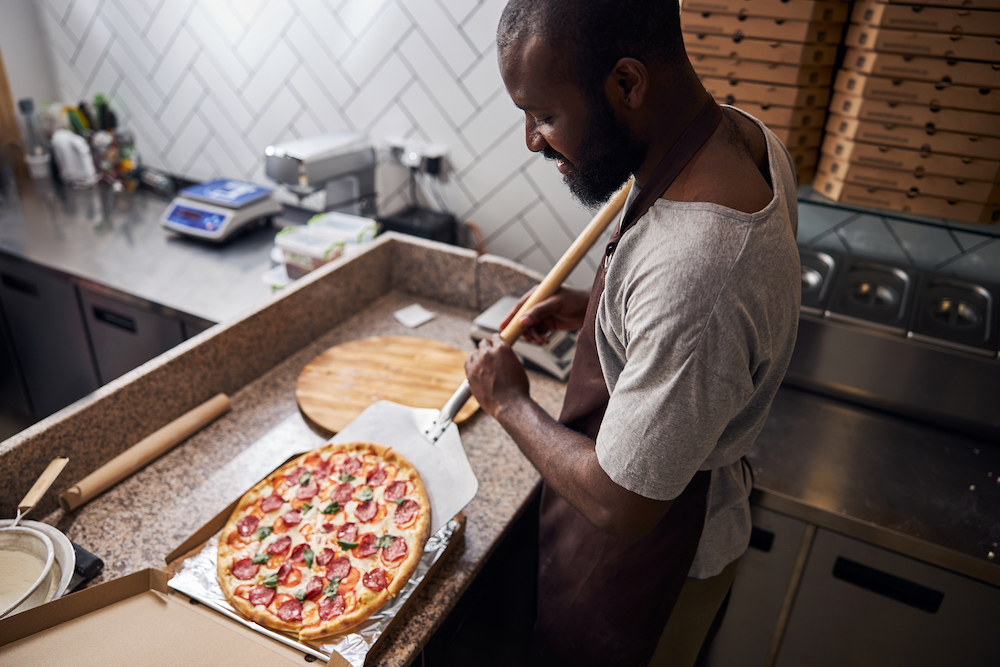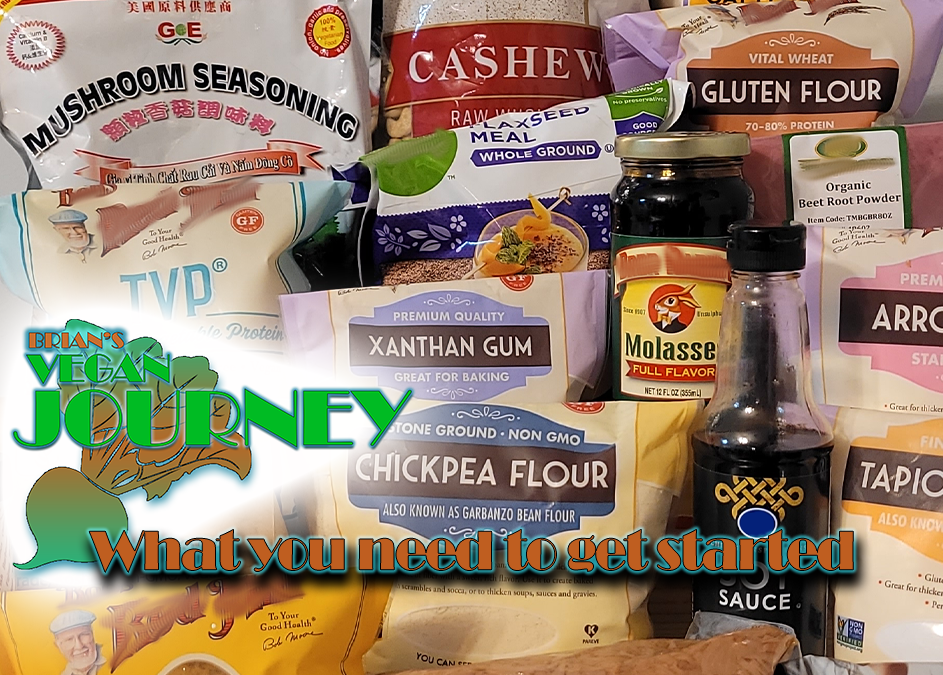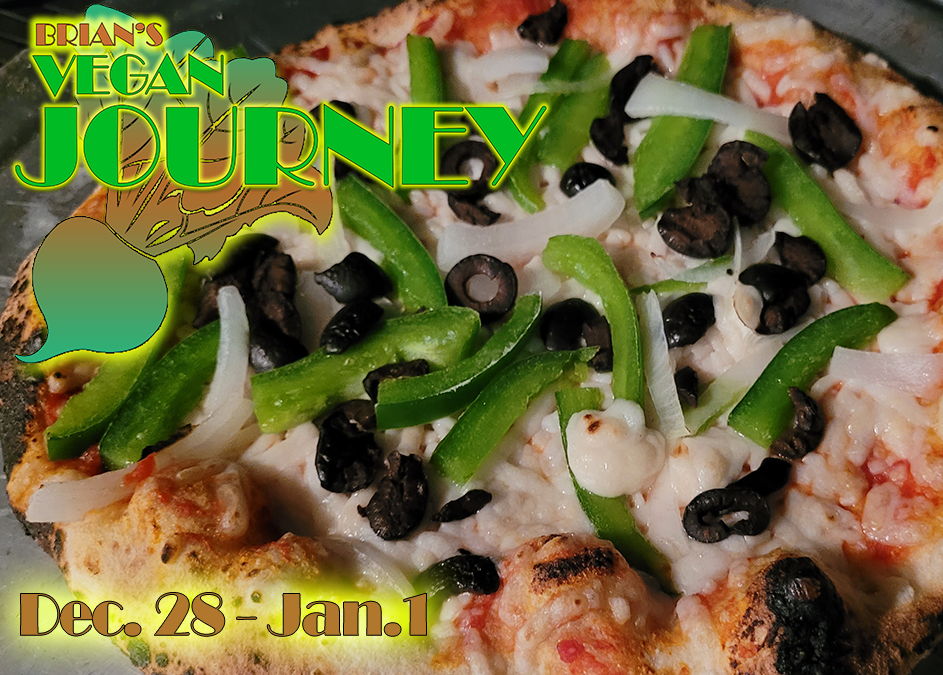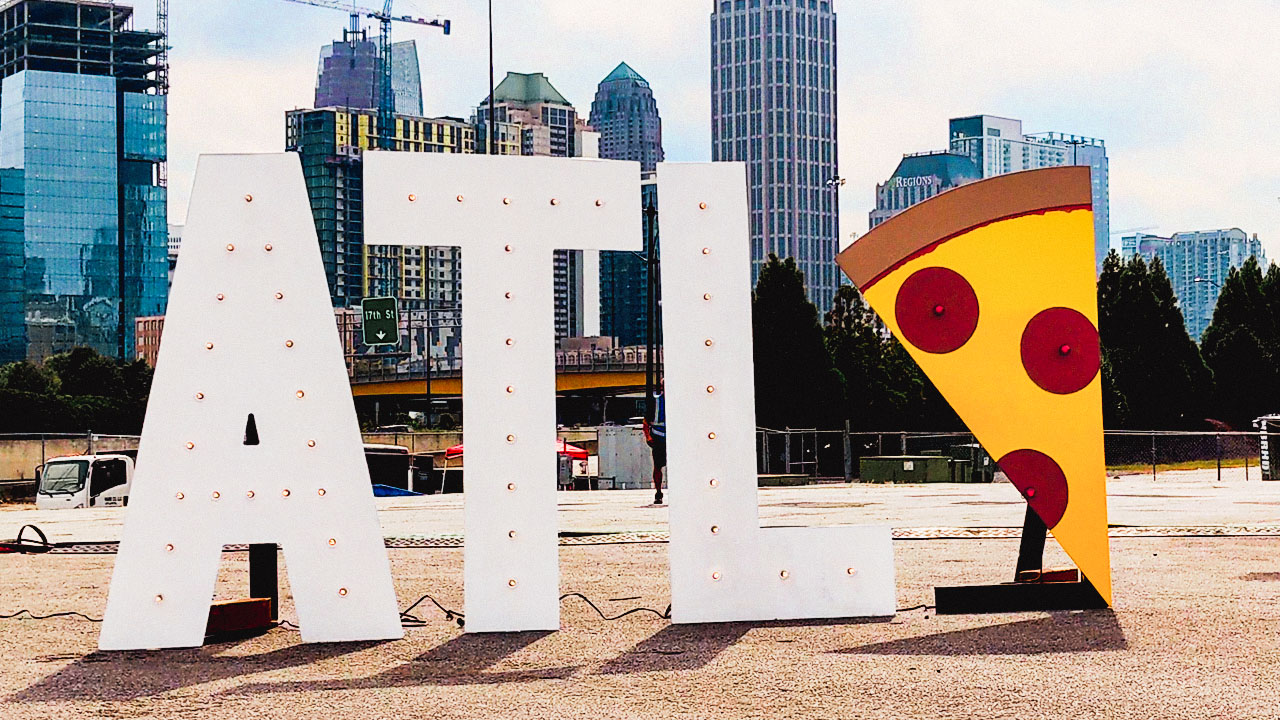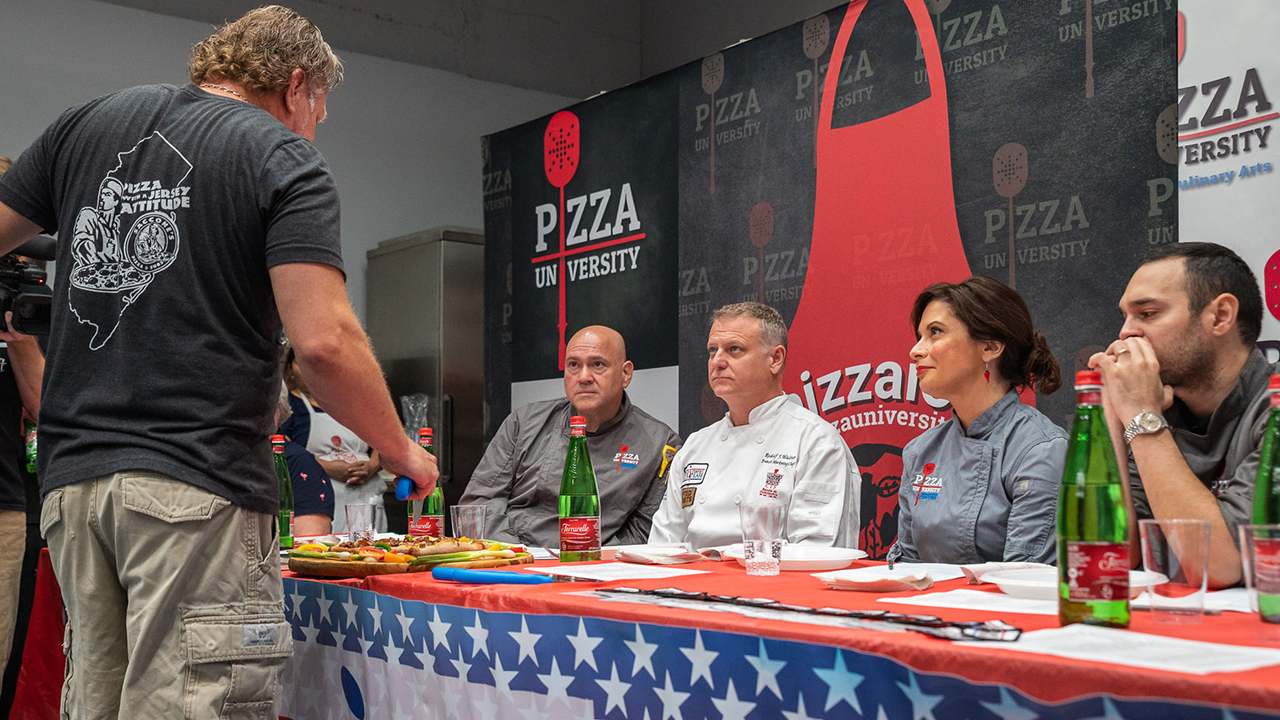By Matt Plapp, Restaurant Marketing That Works
- According to Matt Plapp, most drug dealers are better marketers than you are because they stay in regular touch with their customers.
- Thanks to the pandemic and the surge in online orders, your pizzeria’s POS system contains a customer database that’s just waiting to be exploited for higher sales and profits.
As a pizzeria operator, you need to be focused on the amazing dough you create for your pizza, but you should be just as concerned about the dough hiding in your customer database! Too many operators rely on “hope-and-pray” as their marketing plan. They hope customers will remember their great pizza and service and pray they will come back for more.
Instead of the hope-and-pray approach, let’s put in place a system that brings them back like clockwork. That system is your customer retention plan, which we’ll cover later, but in order to make a retention program work you need your customers’ information. More importantly, you need information about the people who are currently giving you dough!
Related: Explore the growing potential of POS for your pizzeria
Think about the number of customers walking into your restaurant every day whom you don’t know. You may know their names, but do you actually know them? Do you have their name associated with their email and phone number? I recently posted a YouTube video where I said, “Most drug dealers are better marketers than you.” Now this may sound like an extreme comparison, but it’s true. Drug dealers know their clients and consistently communicate with them. Oddly enough, many of them have a pattern of using text messaging to communicate with their customers.
Why don’t you?
Why is a customer retention program so important? Here’s why:
There’s a restaurant in my area that I love! I go there three or four times per year, and we spend $250 per visit. But I don’t work or live near the restaurant, so I never have that “drive-by” exposure. Plus, they don’t do a good job at marketing, so I literally never see them. The only time we think about them is for a special occasion. I can honestly say that, if they “invited” me, I would eat there on a monthly basis. When I say “invite,” I mean reach out to me with their marketing. If they actually had Matt Plapp or Christy Plapp in a database and a way to reach out to me, they would have had thousands more in sales just from me.
For instance, let’s just say they increased my frequency from four times a year to eight times a year. That’s an additional $1,000 in sales annually. I can promise you, there’s hundreds of people just like me in our area, so that’s at least $100,000 in sales they are missing simply because they don’t know me or most of their best customers.
Sure, your pizza restaurant’s average check isn’t $250—it’s probably more like $25. But I also have the ability to eat pizza a lot more than steak. Plus, there are far more pizza eaters than steak eaters out there. So let’s say you’re missing 10 visits per year from me for an average of $25 per visit—that’s $250 in sales, and I’d bet there’s thousands of customers like this out there. Do the math!
In other words, your dough is in your database—and in a customer retention program that you probably don’t have in place.
Identifying Your Customers
As crazy as 2020 was, it forced many consumers to give you their information. That’s because the pandemic has pushed more consumers to order online than ever before. So guess what’s probably sitting in your POS system? A great customer database.
2020 has also brought the QR code back from the grave. Marketers started using QR codes five to seven years ago with restaurants, and it didn’t work. Many customers had no clue what this giant barcode thing was. But, thanks to the pandemic, they are all now accustomed to scanning QR codes, and this is a huge opportunity for building your database from inside your four walls.
There are three types of customers you need to know:
- New Customers
- Frequent Customers
- Lost Customers
Frequent customers are where you should start. By compiling a list of your best customers, you can use that data to find your new customers online through social media marketing. Facebook and Instagram have great tools for creating audiences on their ad platforms from a database and online engagement. Using these tactics, you can run marketing campaigns to target people who “look” just like your frequent customers.
Related: 5 expert tips for retaining your pizzeria’s best employees
Lost customers, meanwhile, are a gold mine! They know where you are and what you do; now you just need to bring them back. By knowing that they are lost, you can also alter your messaging and maybe bribe them to give you another chance and become a frequent customer once again.
Creating a Customer Retention Plan
Now that you’ve put in place a system to capture and store your customers’ information, it’s time to use it! Don’t let it rot away in your hard drive. It’s time to create your customer retention plan.
There are three main components of a retention plan:
- Email marketing
- Text marketing
- Online Ad Retargeting
You need to create a schedule of when you’re going to send emails and texts and stick to it. Ideally, you will have your database segmented so that you’re not sending everyone the same exact messages, but that’s for another article. Once you start sending emails and texts, you want to turn on some retargeting ads. Step 3 may be a little complex for this article, but think of it this way: When you send a customer an email, you also build a Facebook ad with similar messaging so you can hit them in another place. This can be done many different ways, but, worst-case scenario, you simply build an ad targeting your entire online fan base.
In my next article, I will dig into how you can identify new, frequent and lost customers to start segmenting your database. Remember, having the same conversation with all of your customers isn’t the right thing to do!
Matt Plapp is CEO of Restaurant Marketing That Works in Union, Kentucky. Learn more about his company at restaurantmarketingthatworks.com.

